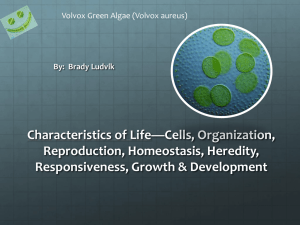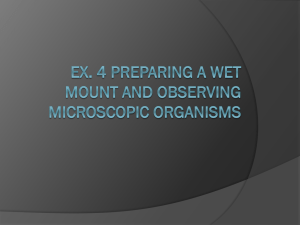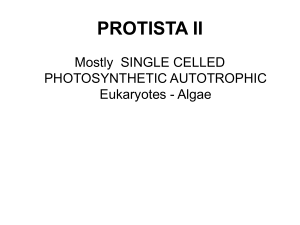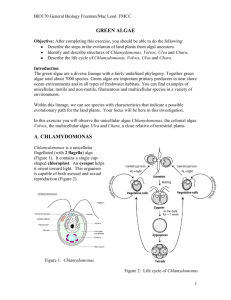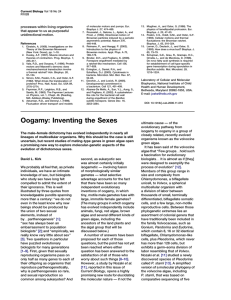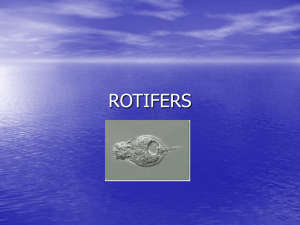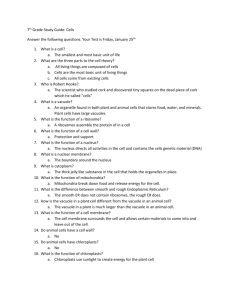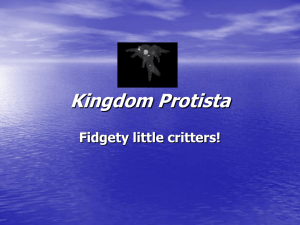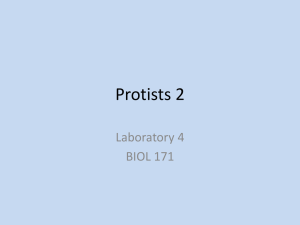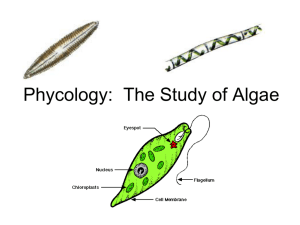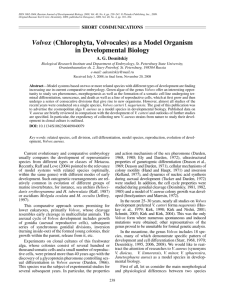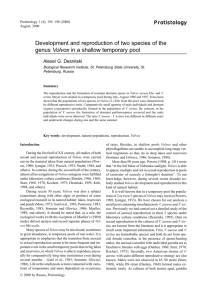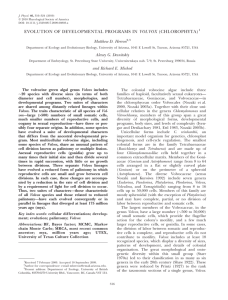Volvox is a freshwater algae which is found in ponds, ditches and
advertisement
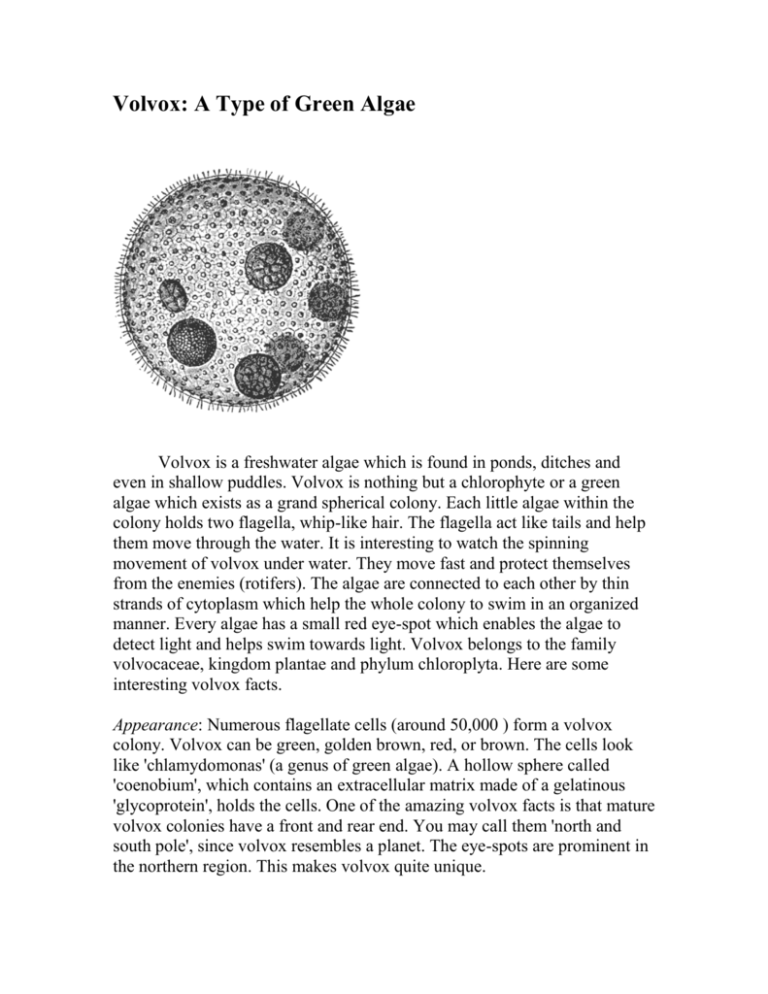
Volvox: A Type of Green Algae Volvox is a freshwater algae which is found in ponds, ditches and even in shallow puddles. Volvox is nothing but a chlorophyte or a green algae which exists as a grand spherical colony. Each little algae within the colony holds two flagella, whip-like hair. The flagella act like tails and help them move through the water. It is interesting to watch the spinning movement of volvox under water. They move fast and protect themselves from the enemies (rotifers). The algae are connected to each other by thin strands of cytoplasm which help the whole colony to swim in an organized manner. Every algae has a small red eye-spot which enables the algae to detect light and helps swim towards light. Volvox belongs to the family volvocaceae, kingdom plantae and phylum chloroplyta. Here are some interesting volvox facts. Appearance: Numerous flagellate cells (around 50,000 ) form a volvox colony. Volvox can be green, golden brown, red, or brown. The cells look like 'chlamydomonas' (a genus of green algae). A hollow sphere called 'coenobium', which contains an extracellular matrix made of a gelatinous 'glycoprotein', holds the cells. One of the amazing volvox facts is that mature volvox colonies have a front and rear end. You may call them 'north and south pole', since volvox resembles a planet. The eye-spots are prominent in the northern region. This makes volvox quite unique. Habitat: You can find volvox in deeper ponds, lagoons and ditches, which receive an abundance of rainwater. In 1700, Antonie van Leeuwenhoek, a Dutch tradesman, known as the 'father of microbiology', discovered and described 'volvox'. Volvox are comparatively easy to detect. They are likely to be found in clean nutrient rich water and they grow well in warm weather. So, summer is the time to find volvox. You can also find them by squeezing pond scum. Observe a jar of pond water and you will find them swimming towards light. Because of their tendency of swimming towards light, you can easily find them near the surface. Volvox colonies are often visible with naked eye. Volvox is considered as one of the seven wonders of the micro world; because of the unusual 'planetary movement' and interesting methods of reproduction. Reproduction: An asexual colony includes both somatic (vegetative) cells, which do not reproduce, and gonidia near the posterior, which produce new colonies through repeated division. The daughter colonies are initially held within the parent coenobium and have their flagella directed inwards. Later, the parent disintegrates and the daughters invert. In sexual reproduction two types of gametes are produced. Volvox species can be monoecious or dioecious. Male colonies release numerous microgametes, or sperm, while in female colonies single cells enlarge to become oogametes, or eggs. Food: The flagella help find mineral nutrients like phosphates and nitrates in the surrounding environment (ponds or lakes). Volvox absorb these nutrients that promote growth and reproduction. Volvox consume plants, bacteria and other organic matter. They prepare their food with the help of photosynthesis.
